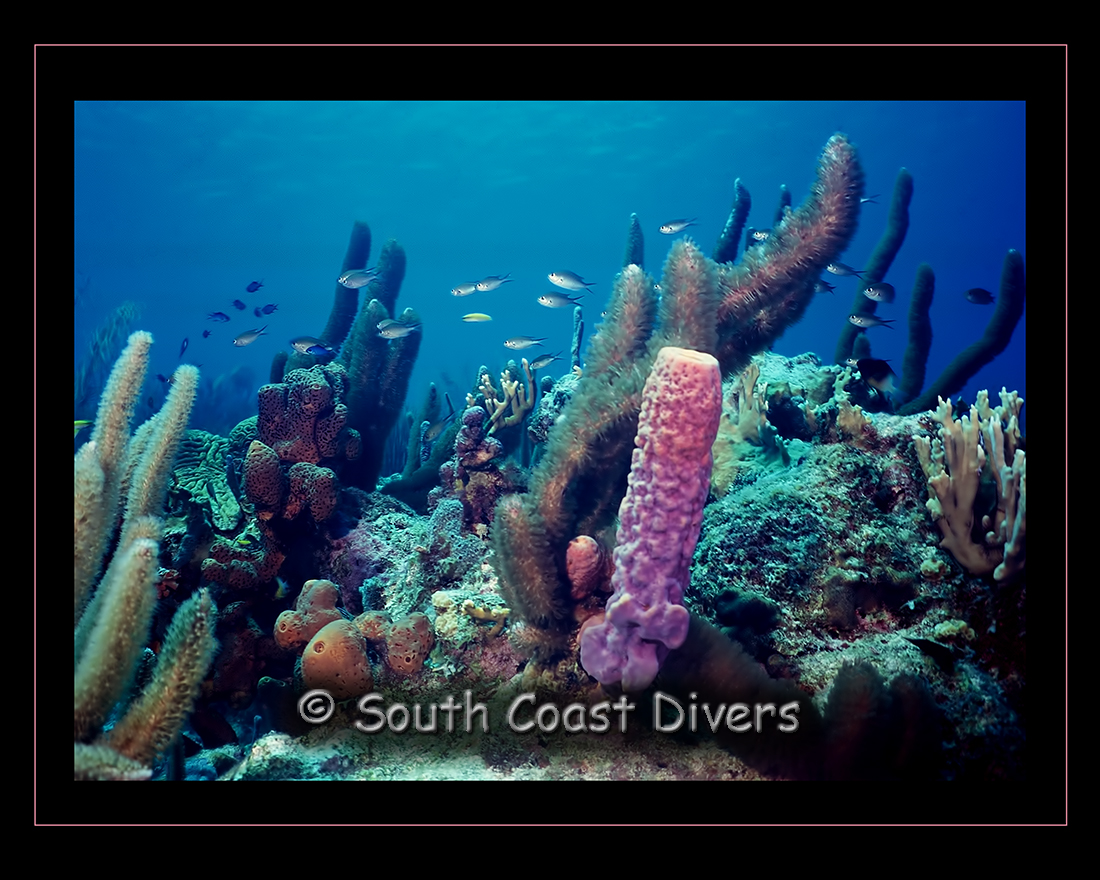|
Exposure, exposure, exposure... I cannot emphasize how important this is. With underwater photography, most likely, you are using at least one external flash unit. Remember that max distance you will get on it is about 10 feet. If you have one "On the camera" only, expect it to go about 3-5 feet, or less depending on the conditions u/w. Remember that flash exposure is calculated as from "Flash to subject distance, NOT subject to camera distance" it makes a difference. The hard part of this is "Fish". Fish can have all kinds of reflective properties. Some fish reflect like mad, over exposing your picture, "Grrr..." is a common reaction when this happens and that fish is now gone. Plus, the opposite also happens. That picture you took of the Giant Black Sea Bass looks black, when u/w it looked silver with black spots. This is where the digital advantage is, you can see your results right there, u/w. But how do you get that silver coloration that you saw? If there is enough light u/w, consider shooting with available light, no flash. Reducing your flashes strength also helps. You can also move your flash unit(s) way out to the left and/or right. GBSB can be very difficult to get your shot right. If your camera has override options, use "Aperature priority" whenever you can over "Program mode", your pictures will come out much better. I shoot in manual mode u/w, yes, I will mess up a few pictures, but I can control my contrast much better than shooting in program mode.
White balance. |
 This image is one of my buddies (Marc) and this shot was taken by another buddy, Wayne. Look at how he set up his flash units and how these have brackets with a set up for extra dive lights, or as we say "modeling lights".  
|
|---|
|
Other tips & pointers. Be "selective". I don't know how many people I have met who have taken 2,000 to 4,000 pictures on a dive trip and never know what to do with them. If you are selective, you will take better pictures period and hopefully, a bunch you can hang on your walls and have the stories to go with them. I feel you have enough here to get you started, but if you want more, look into "Framing your shot" and things like advanced focusing techniques. Remember that in underwater photography, you have to "Get close" or the closer the better to your subject. I hope what I have given you here will point you in the right direction to taking better pictures.
Further reading: |
|---|
You are viewer number





since 03-21-10.

